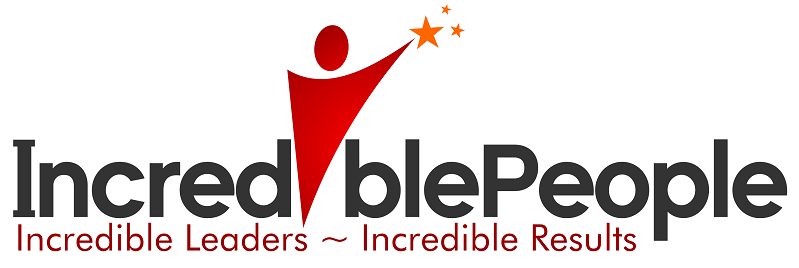October 5, 2011
“If you want to be good at implementing strategy you must be able to empower your people” Professor Srikanth Datar, Harvard Business School in Perth (Translating Strategy to Action, Australian Institute of Management International seminar October 2012)
I attended this seminar half expecting to listen to discussions on planning, managing risk and uncertainty, focusing on the end goals, etc. And of course, managing change through people. Yes, all these things were discussed however the bulk of the session was spent looking deeper into this catch-word of “empowerment”, why managers find it so hard to actually do (despite being able to sprout off the benefits) and how leaders can create “levers of control” that establish enough clarity for employees and managers to facilitate/support empowerment while lessening the potential risks.
Professor Datar used a model by Robert Simons (Levers of Control, HBS Press 1995) to identify 4 control systems that leaders in high-performing organisations implement in order to support employee empowerment. You will need to read into this more to fully understand the idea, however in summary the 4 systems are:
- Diagnostic control systems: Defining key performance indicators and other quality/organisational measures, the incentive and compensation systems that leverage from these measures.
- Interactive control systems: Provide for strategic uncertainties and include incorporating process data into management decision making, face-to-face meetings with employees, challenging data presented, etc.
- Boundary systems: Risks to be avoided, “thou shalt not” descriptors such as codes of conduct, legislation, operational guidelines.
- Belief systems: Core values including mission and vision statements. These become important when employees encounter unexpected situations, where the policies/procedures don’t prescribe what they should do.
Professor Datar made an interesting observation – that typically organisations are quite good at defining/measuring KPIs (system 1) and integrating data/feedback from implementation into management decisions and discussions with emloyees. However typically organisations aren’t so great at commiting to their code of conduct/ethics or in instilling the organisational values to employees at all levels. (He also went on to say that these are the most difficult challenges of parenting too!). Yet the organisations that have truly embraced employee empowerment, regardless of where that are located globally, have fully integrated control systems around the “trust” and “belief” systems mentioned above. It seems to me that this is the key to managers becoming comfortable to let go of some control and handle the potential risk of employee empowerment. The systems give employees permission and freedom to strive to deliver on strategic outcomes.
Why bother? Because decades of research show that empowered employees achieve a lot more (the power of numbers), are more motivated, are more engaged in the outcome, experience personal growth, feel appreciated, facilitate faster and better decision making, and unleash more (creative) enegry in the organisation.
If you need assistance in identifying your organisation’s mission and values, instilling those values in your employees or with a code of conduct then get in touch. We can guide you through the process and support your strategic success.






Write a comment: